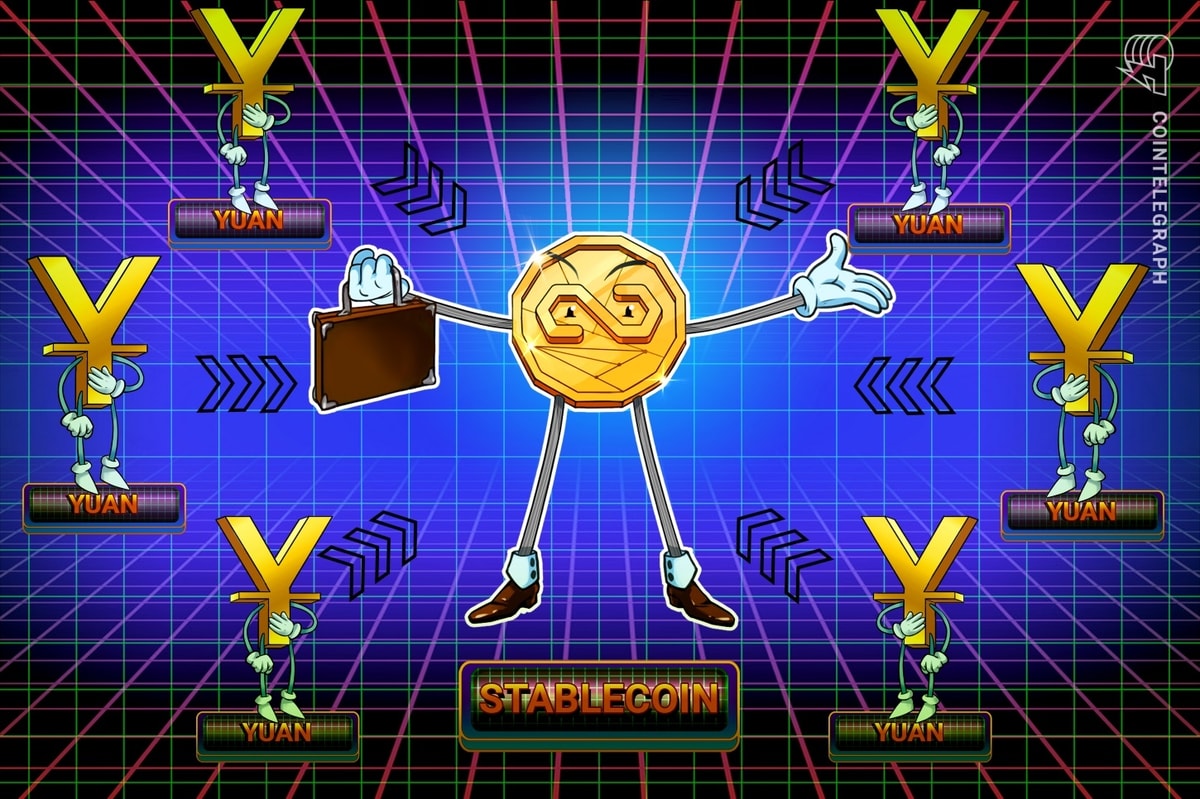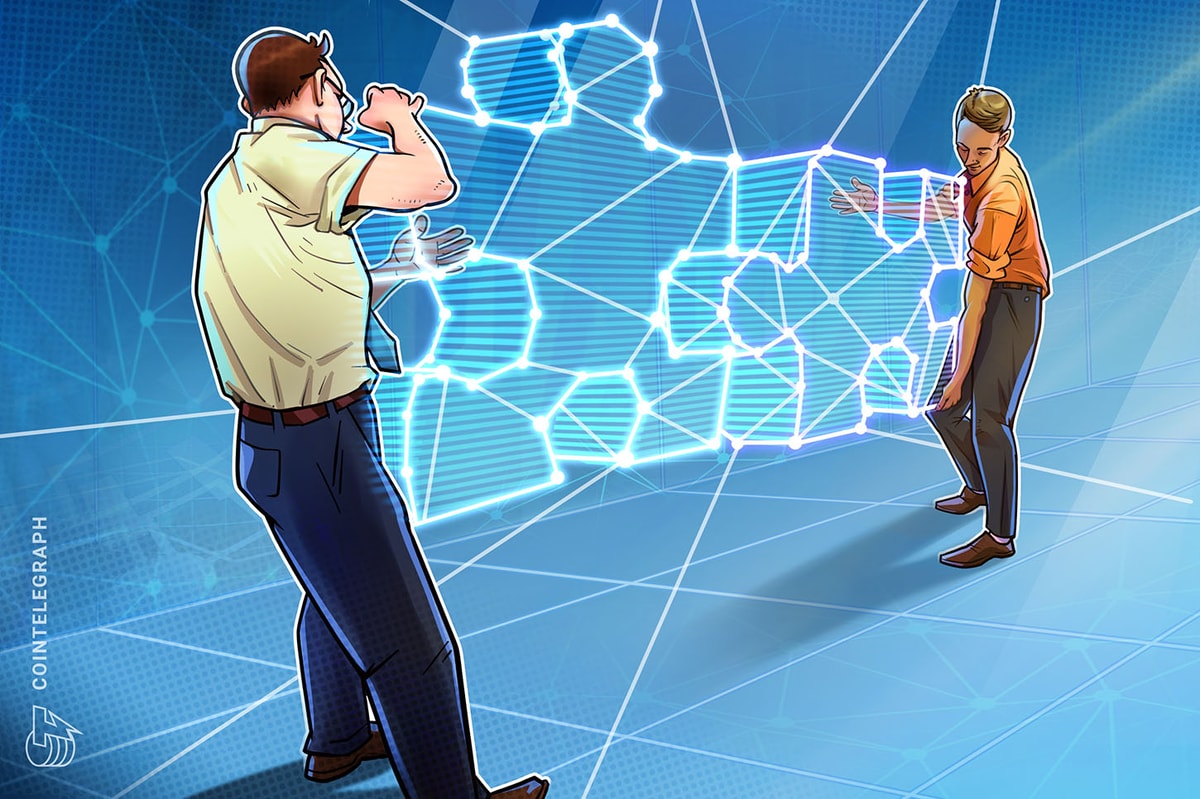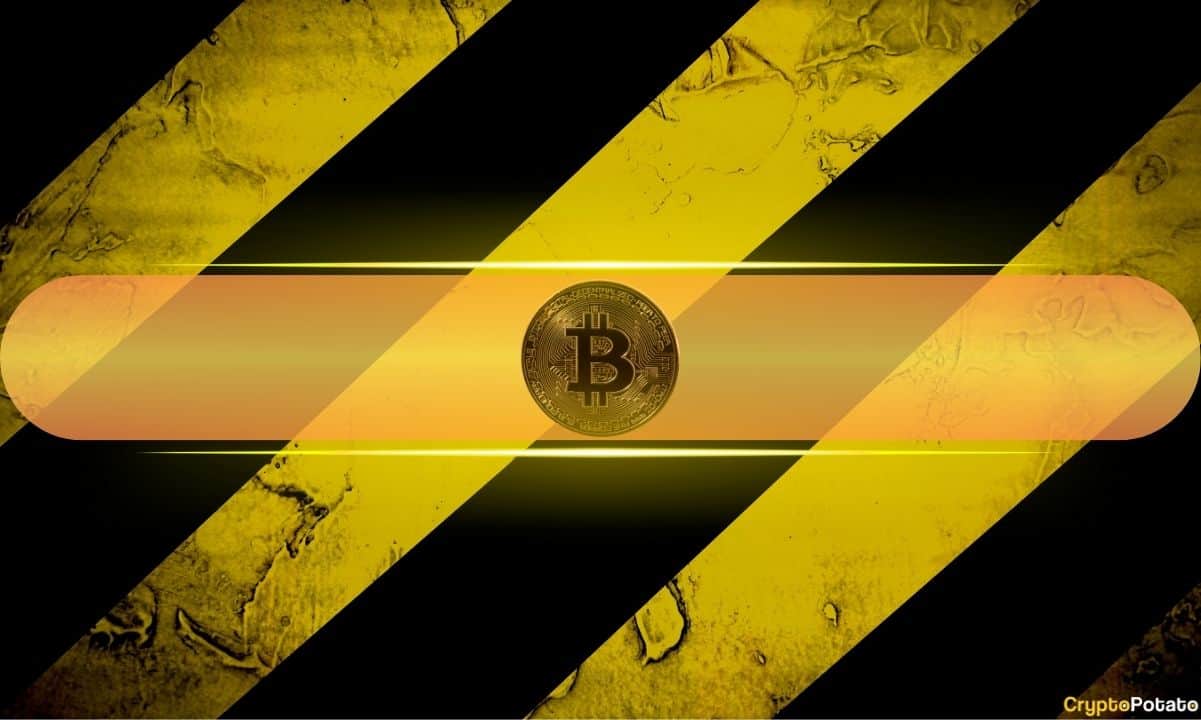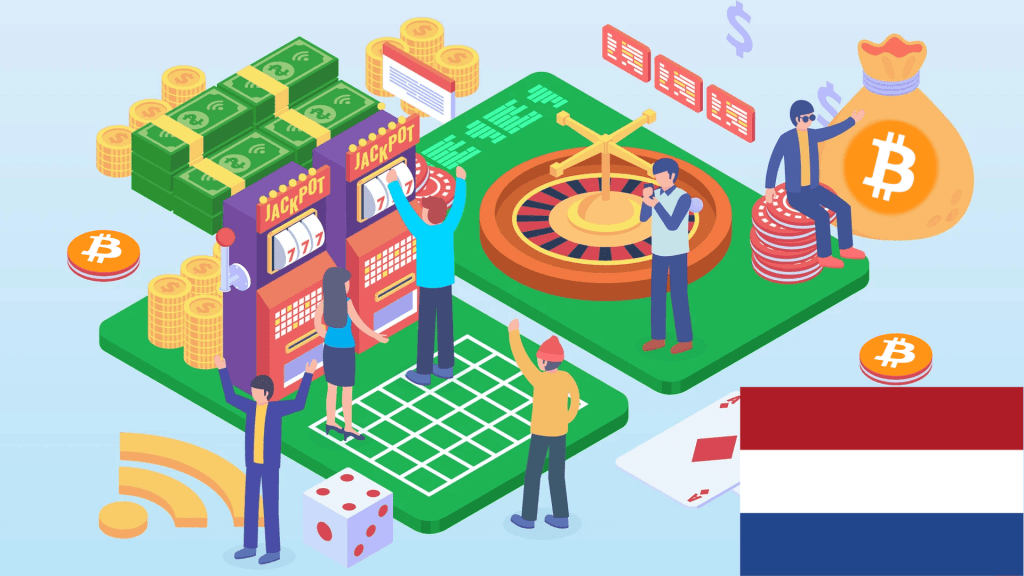For millions of displaced people around the world, traditional banking systems are out of reach. Refugees often lose access to their home country’s financial institutions. They may also struggle to open accounts in host countries due to lack of documentation or legal status. This financial exclusion can trap them in poverty. But decentralized finance, or DeFi, is opening new doors. Through refugee crypto banking, these individuals can now access digital wallets, store value, and make global payments—without a bank.
Why Traditional Banking Fails Refugees
The global refugee population now exceeds 110 million. Many of these people have fled war, persecution, or climate disasters. They often arrive in new countries with no identification, no proof of address, and no access to local financial systems. Here’s why traditional banking fails them:
Problem | Impact on Refugees |
No legal ID | Cannot open a bank account |
No permanent address | Disqualifies them from financial services |
Language barriers | Hard to navigate bank systems |
High fees | Eats into small remittances |
Hostile policies | Financial exclusion from legal systems |
Even when they find jobs, storing money securely or sending it back home becomes a challenge. That’s where DeFi comes in.
How DeFi Helps: A Borderless Banking Alternative
DeFi (Decentralized Finance) operates on blockchain technology. It does not rely on traditional banks or centralized entities. Anyone with a smartphone and internet connection can access these tools. This makes it especially useful for people without papers, permanent addresses, or even bank accounts.
Here’s how DeFi inclusion supports refugees:
- Digital Wallets
Refugees can download crypto wallets on any phone and instantly create a secure digital identity. - Cross-Border Payments
They can send money to family members or pay for services across countries, often with lower fees than traditional systems. - Stablecoins
Using stablecoins like USDC or DAI helps them store value without worrying about local currency volatility. - Access to Credit
Through DeFi lending platforms, some refugees may qualify for microloans using alternative credit data or collateral. - Savings and Yield Farming
Refugees can earn passive income by staking tokens or joining yield farming pools.
Humanitarian Blockchain Initiatives
Several humanitarian blockchain projects now focus on refugee crypto banking. They offer secure, transparent, and fast financial help.
Some notable initiatives include:
Project | Focus Area |
Uses blockchain to create digital economic identities for displaced people | |
Giveth | Enables donations to humanitarian causes using crypto |
Unchain Fund | Provides crypto-based relief directly to refugees in conflict zones |
Refugee Finance Lab (proposed) | Builds localized DeFi tools for camps and border areas |
These platforms can record aid transactions on the blockchain, ensuring funds go directly to those in need and not to middlemen.
Benefits of DeFi for Refugees
Here are the major benefits of using DeFi for displaced communities:
- No need for documents
Many DeFi platforms only need a wallet, not an ID. - Instant setup
Refugees can set up a crypto wallet in minutes. - Global access
Funds can be sent and received across borders without currency exchange delays. - Transparent aid
Humanitarian blockchain systems make donation tracking and reporting easier. - Ownership and control
Users hold their keys and funds directly, without third-party risks.
Challenges Still Exist
While promising, DeFi inclusion for refugees is not without problems:
- Internet access
Many refugee camps have limited or no reliable internet. - Device availability
Not everyone owns a smartphone or computer. - Crypto knowledge
There’s a steep learning curve for people new to blockchain. - Security risks
If refugees lose private keys, they may permanently lose their funds. - Regulatory issues
Some host countries may restrict crypto use or block DeFi apps.
To make DeFi truly accessible, these challenges must be addressed through education, infrastructure, and better user interfaces.
The Future of Refugee Crypto Banking
The number of people forced to leave their homes is rising every year. Climate change, conflict, and economic collapse are pushing more people into displacement. Refugee crypto banking offers a new hope for financial independence.
Future steps to strengthen this system include:
- Creating user-friendly DeFi platforms with support for multiple languages
- Partnering with NGOs and governments to deploy humanitarian blockchain tools
- Offering educational resources tailored for refugee communities
- Improving off-grid access through offline wallets or local mesh networks
With the right tools and support, decentralized finance can give displaced people the financial freedom they need to rebuild their lives—anywhere in the world.
DeFi inclusion isn’t just a technical innovation. It’s a humanitarian breakthrough. Refugees, who are often left out of traditional systems, can finally access fair and fast financial services. With blockchain’s borderless nature and the rise of humanitarian blockchain solutions, refugee crypto banking could change how aid is delivered and how displaced people survive—and thrive—financially.
Remember, investing in cryptocurrencies involves risks, and it’s important to conduct thorough research and seek professional advice before making any financial decisions. (Please keep in mind that this post is solely for informative purposes and should not be construed as financial or investment advice.)

















 English (US) ·
English (US) ·